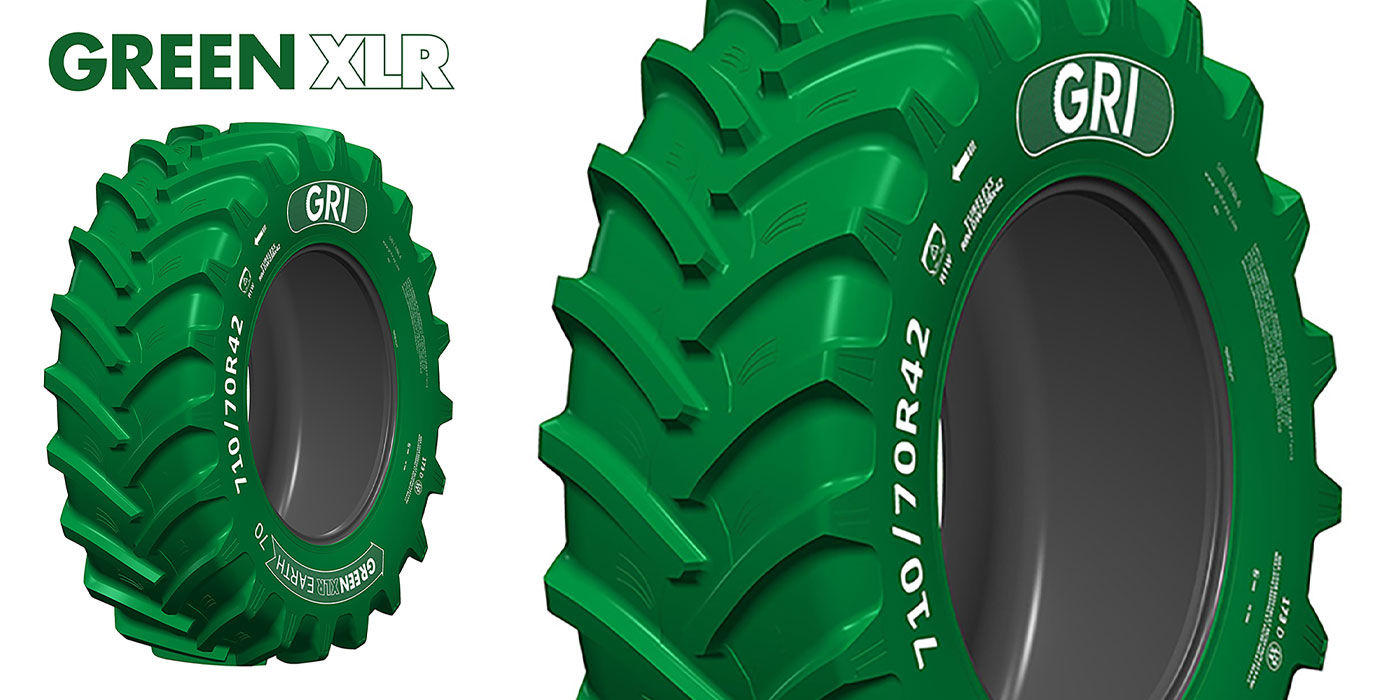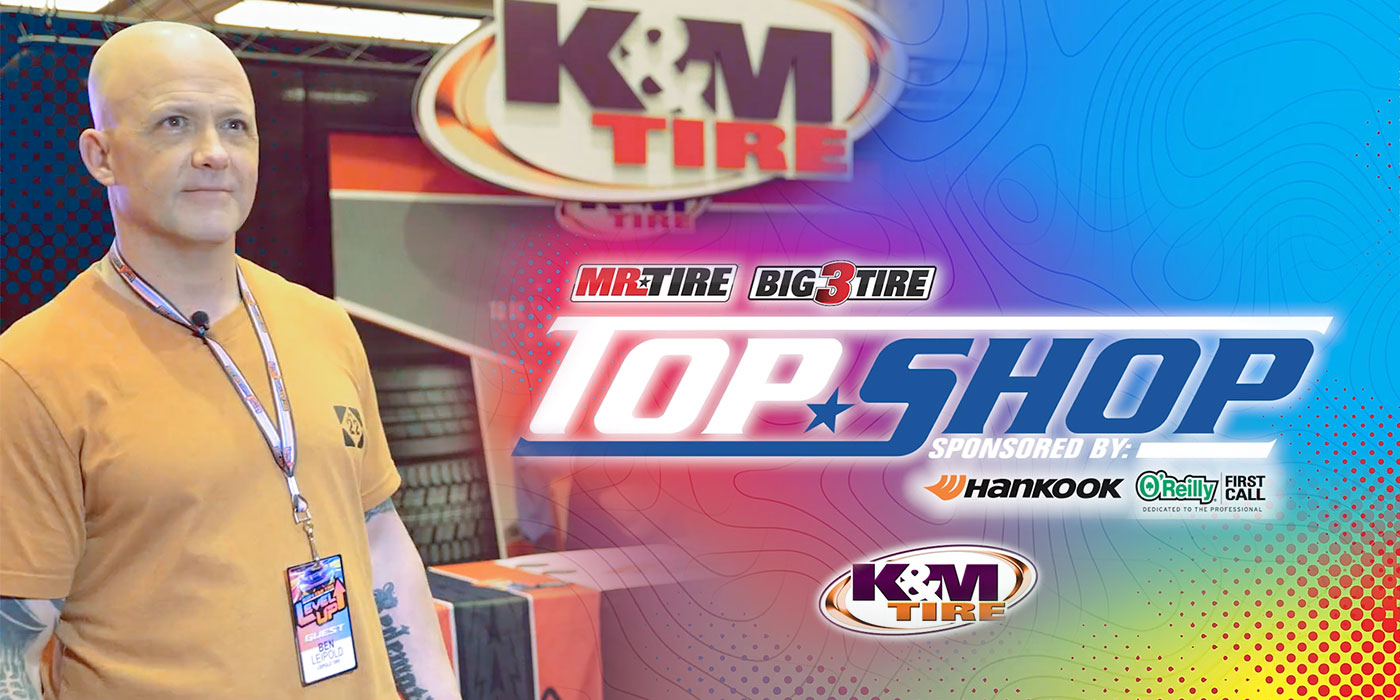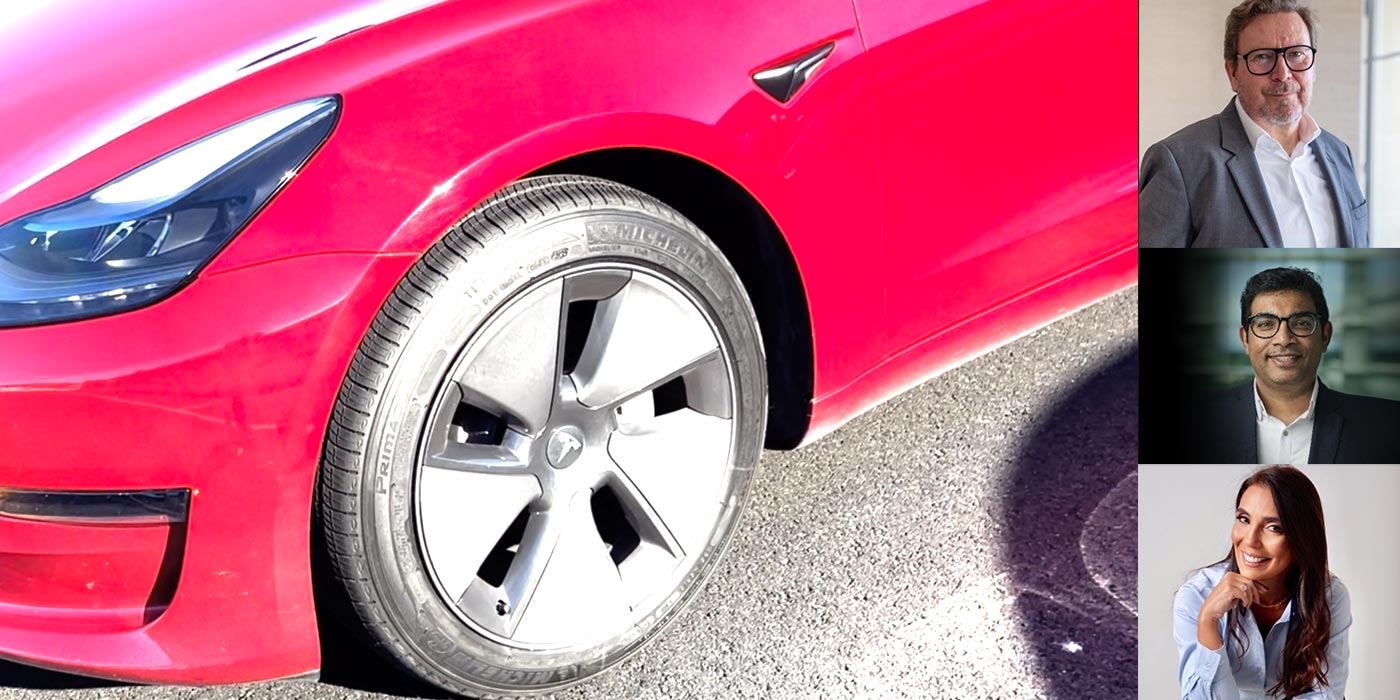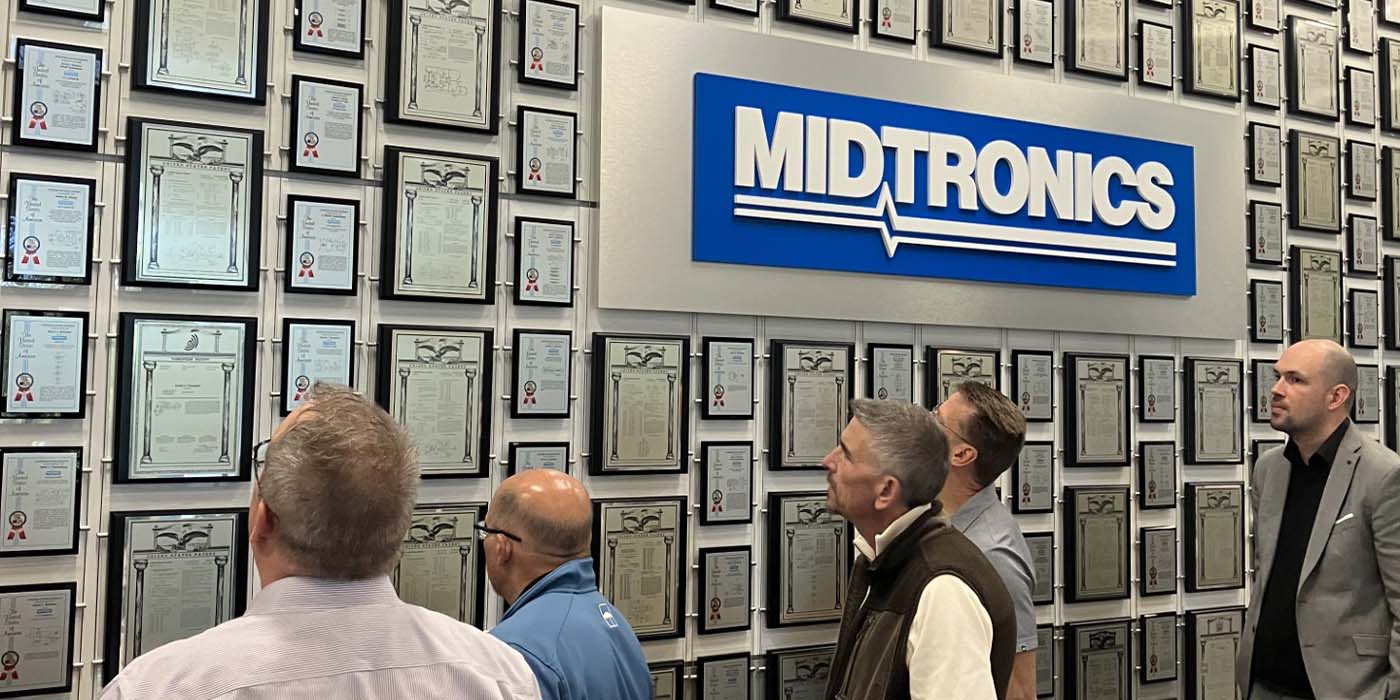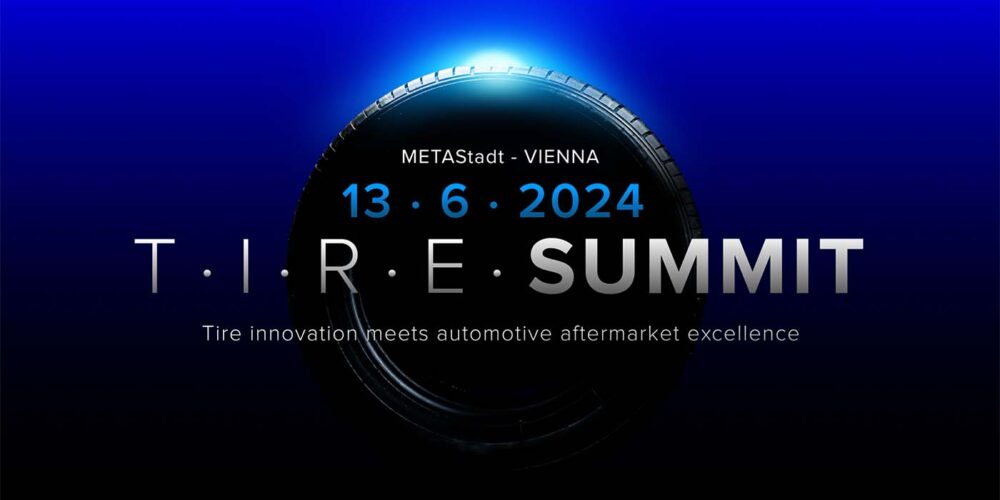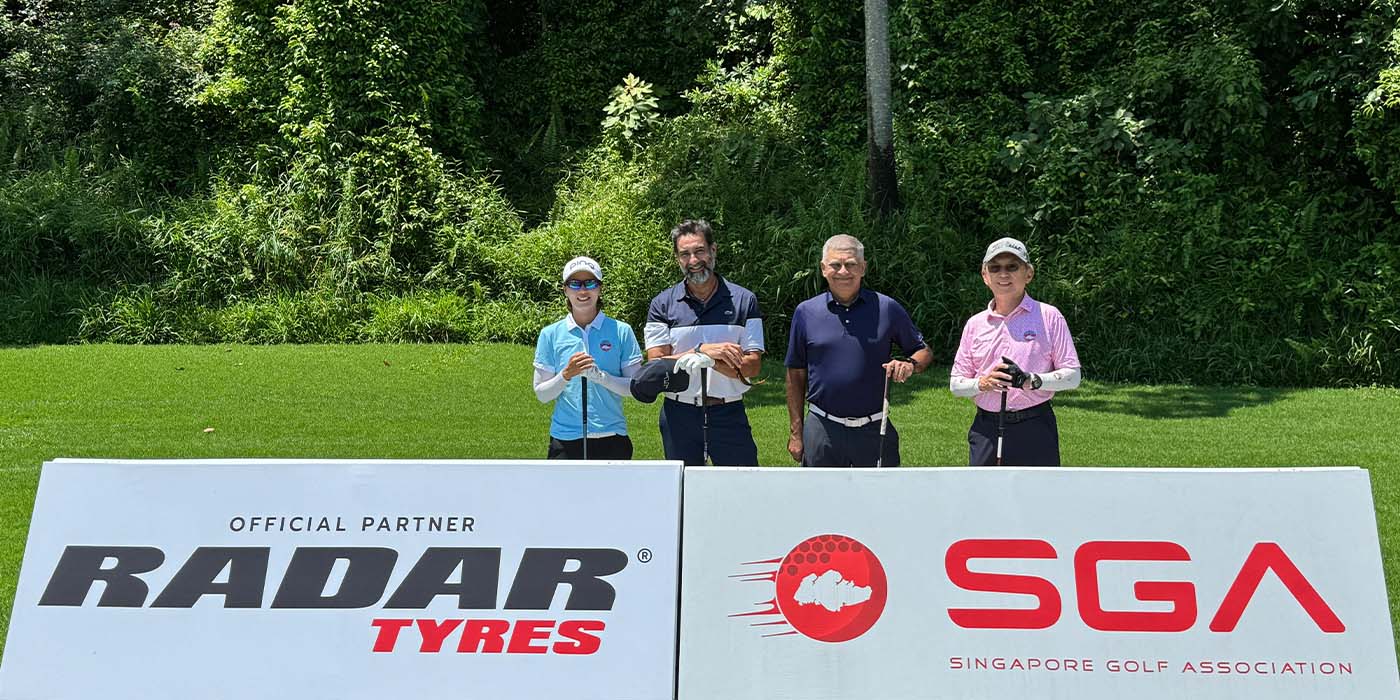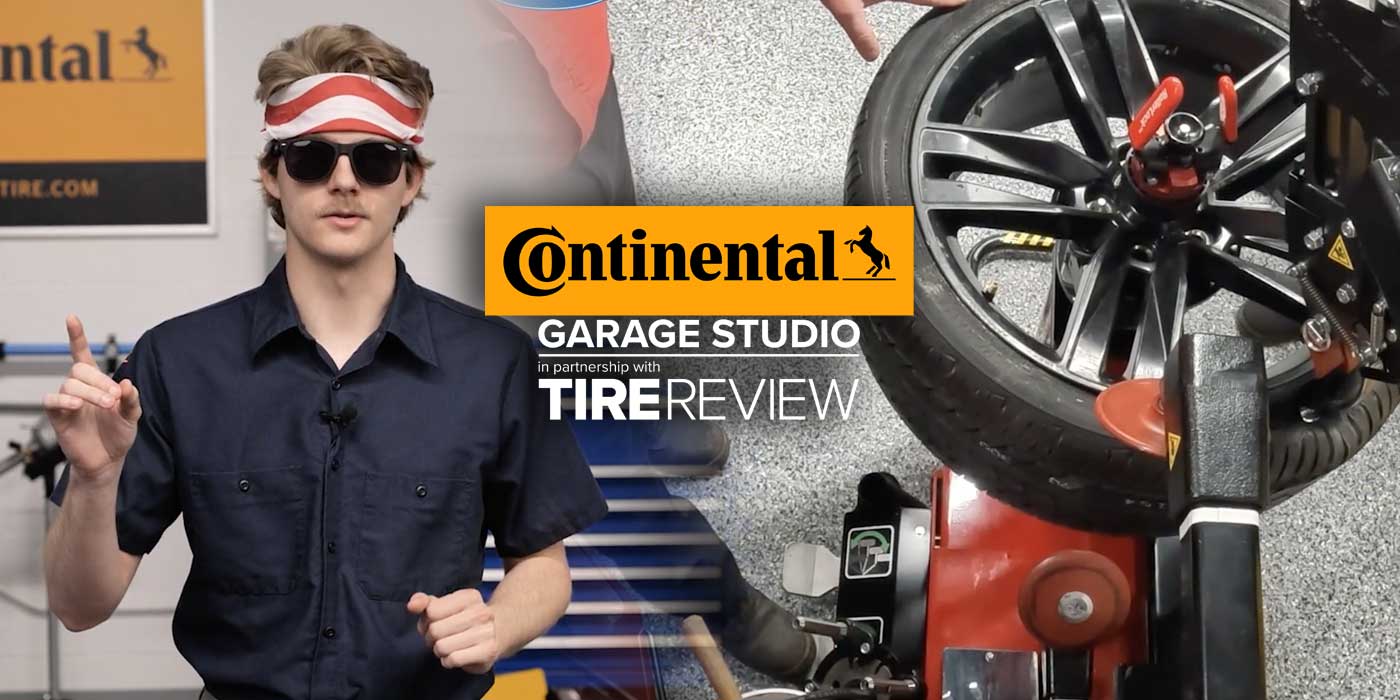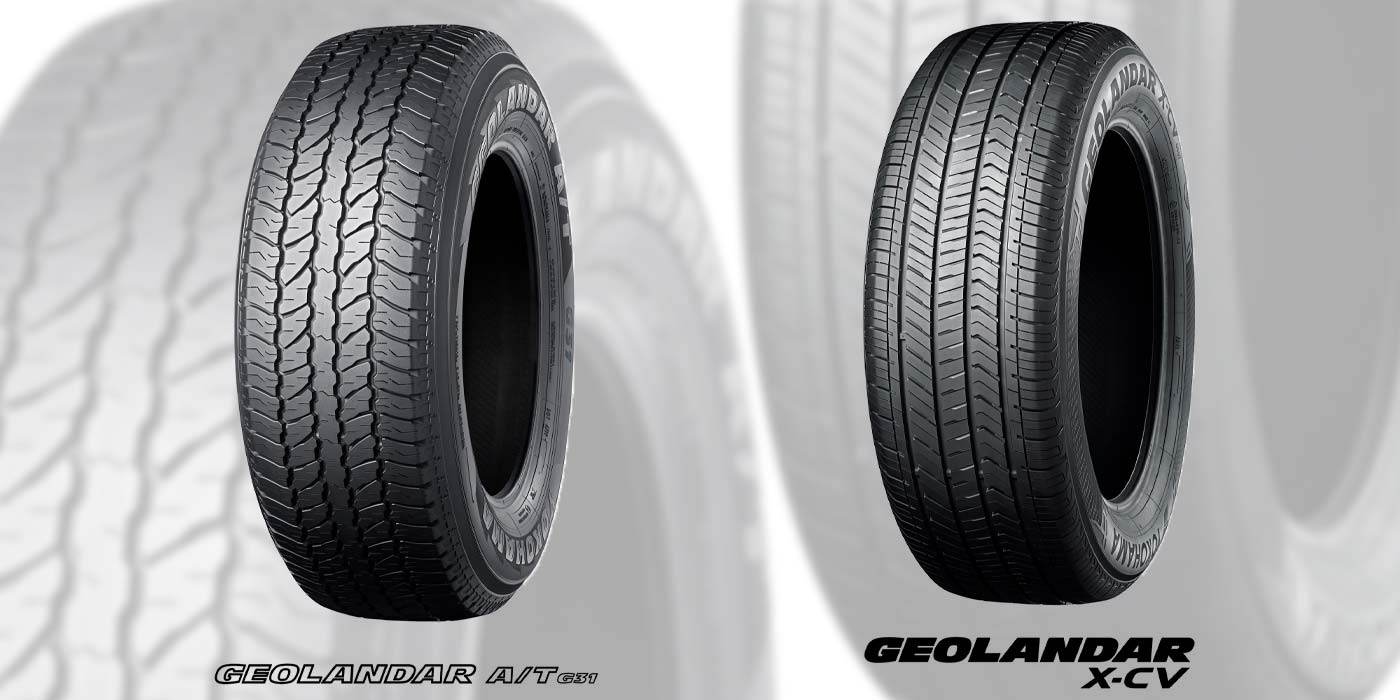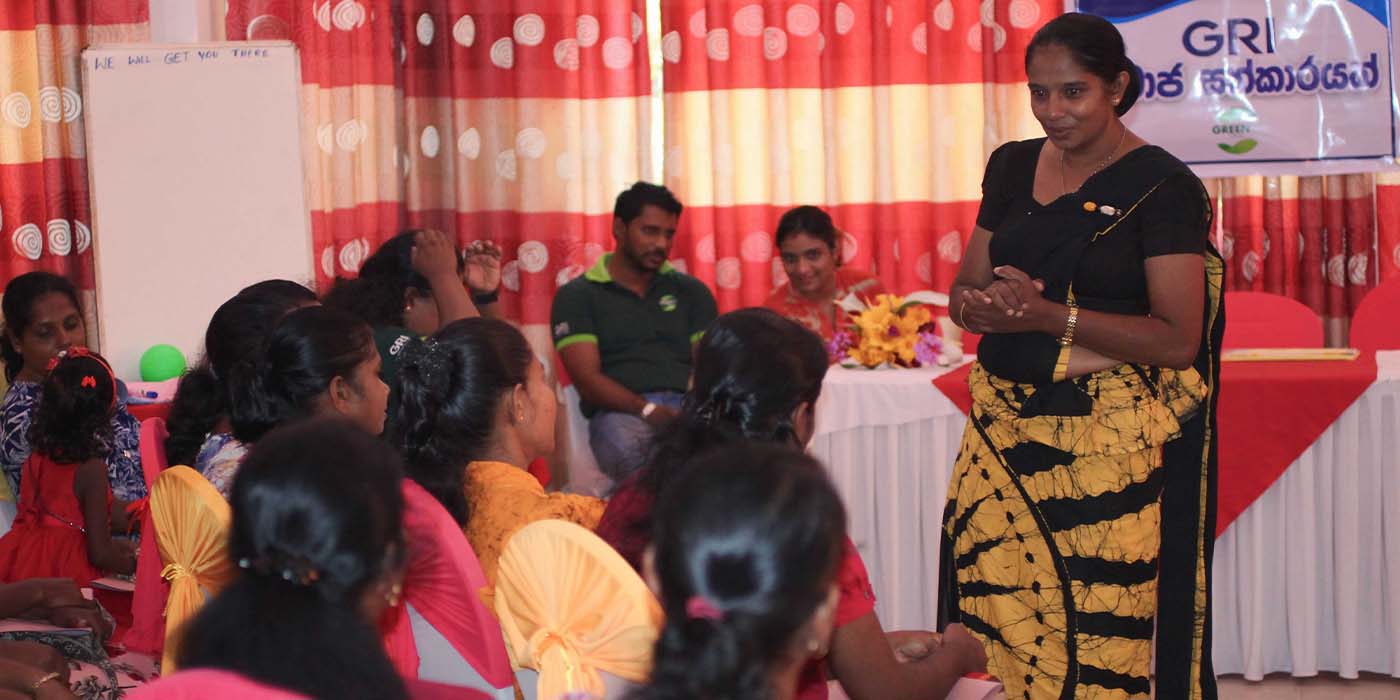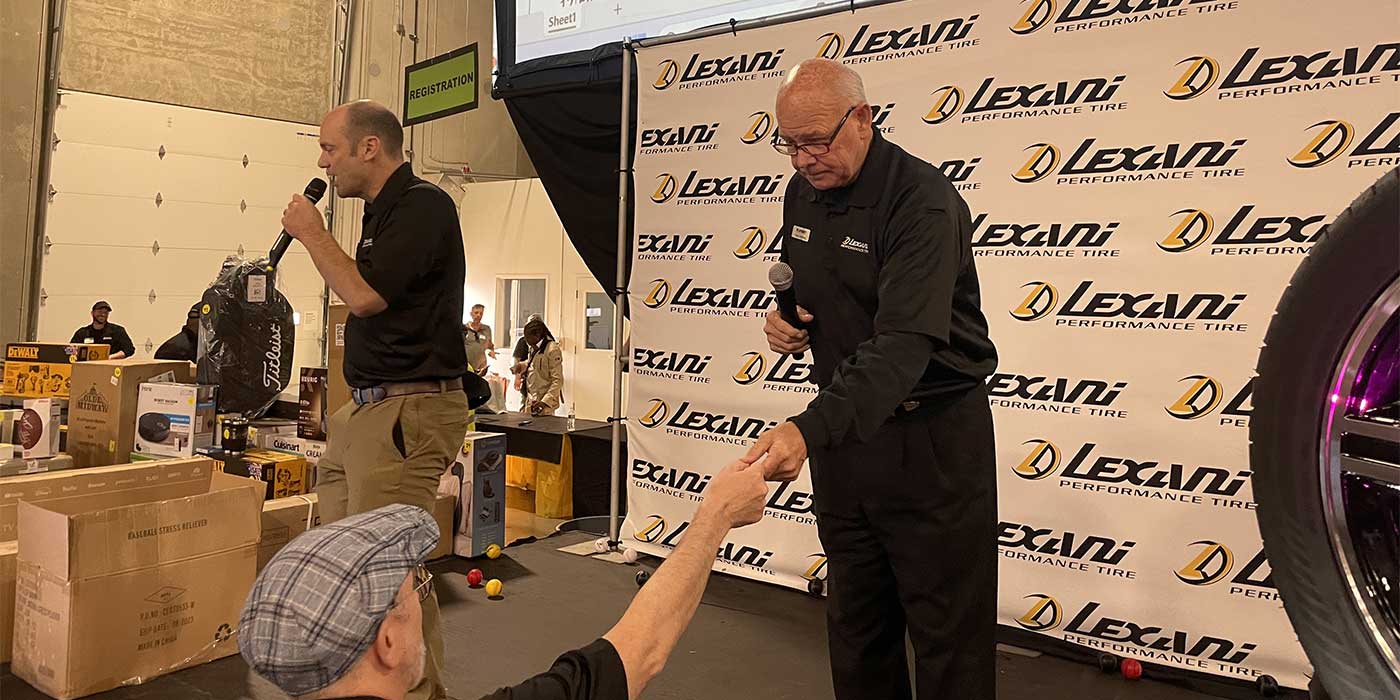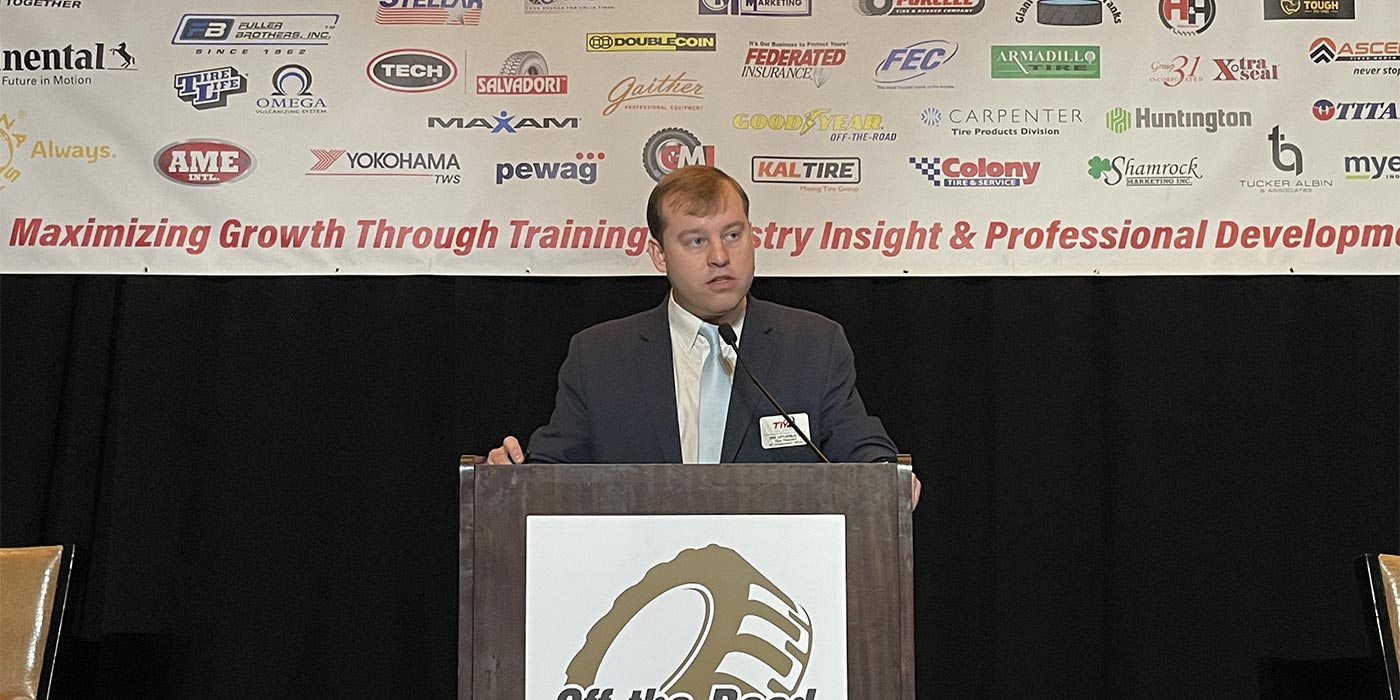The total world rubber consumption is expected to increase by 4.3% to 22.46 million tonnes during the current year. The growth, according to the latest estimates of International Rubber Study Group (IRSG) will accelerate in 2008 before a possible reversal in 2009 leading to a 3-million tonne rise in global demand for rubber during the 2007-09 period.
However, all these optimistic observations are based-on normal growth projections which can turn topsy turvy in the wake of eventualities like a drastic slowdown in the major world economies or a natural calamity.
A significant point is that, in a reversal from last year, consumption of NR is to grow faster than SR resulting in the global SR share of total rubber consumption to decline to 57.7% by 2009.
In respect of output, growth in global NR supply is expected to slow down this year onwards before improving slightly in 2009, leaving the average annual growth for the 2007-2009 period at 3.4% with the total output touching 10.16 million tonnes. Meanwhile, global SR output is expected to register a 4.1% annual growth rate for the next three years to touch 14.04 million tonnes in 2009.
For NR, the relatively more rapid growth in demand in relation to supply will result in a decline in the surplus and a possible deficit during the next three years. The picture of SR demand and supply also points to a global deficit, which may continue for the next few years, according to the IRSG analysis.
Fundamentally, all these statistics indicate a growth in rubber demand in the next three years, but demand/supply may be tighter in the SR than in the NR sector. The global SR deficit may continue for the next few years and global stocks are likely to decline by 2009 on the lines of what has occurred since 2002.
Recent trends
It may be noted that in 2006 the total global NR and SR consumption rose by 2.5% to touch 21.54 million tonnes from 21 million tonnes in the previous year while SR consumption grew quite sharply by 4.8% from 12.01 million tonnes in 2005 to 12.58 million tonnes in 2006. NR demand was down by -0.4% from 8.99 million tonnes in 2005 to 8.96 million tonnes in 2006 indicating that the average share of SR in global rubber consumption increased from 57.2% in 2005 to 58.4% last year.
Last year, the world NR output grew by 4.7% to touch 9.19 million tonnes as against 3.2% and 12.46 million tonnes in respect of SR. In the first few months of the current year also both NR and SR output continues to increase.
According to IRSG’s latest report, the situation has not at all changed in the first few months of the current year from the second half of last year when the slow growth in demand faced sharp rise in supply resulting in rising NR stocks. Meanwhile, the opposite situation with a sharper rise in consumption than production created an SR deficit in 2006 which continued into the first quarter of the current year.
NR market to be tight
Market analysts including IRSG Secretary General Hidde Smit, George Sulkowski, head of Centrotrade, and Yew Kong Hing of Thai Hua Rubber are of the view that NR prices are likely to rule at higher levels during the current year and the next two years. But none of them would like to risk making a concrete prediction about the actual price.
“Prices can go any where,” Smit told in a recent media interview hinting the role of hedge funds in creating large swings in prices. He added that the market will continue to be tight at least until 2011 or 2012 when new plantations in major producing countries would come into production. He attributed the tightness to the labour shortages, limits in available land and delays in replanting in major producing countries like Thailand, Indonesia and Malaysia. World’s top rubber producer Thailand’s output is estimated to touch 3.5 million tonnes by 2020 from about 3 million tonnes last year.
NR output trends
In his presentation at a recent conference at Sanya in China recently, Smit said that the output in Malaysia, world’s third biggest rubber producer, is likely to fall below one million tonnes by 2020 from 1.2 million tonnes this year. Smit expected the Malaysian production to drop below one million tonnes by 2020 due to large scale migration to palm trees in view of strong demand for bio fuels. The Indonesian output is estimated to touch 4 million tonnes by 2020 surpassing that of Thailand. The Thailand NR production is expected to touch 3.5 million tonnes by 2020 from about 3 million tonnes last years.
This, Smit, said would help global NR output to be in the range of 12.6 to 14.3 million tonnes by 2020.
In the case of India, he said the production would not exceed one million tonnes by 2020 from 831,000 tonnes at present while Vietnam is estimated to double its production to 1.1 million tonnes by 2020.
The IRSG chief is of the view that the predicted slow growth in NR supplies would lead to SR substitution pushing down the NR share in total rubber consumption to 40% by 2020 from 43% in 2005. According to him, consumption growth continues to be driven by tyre production particularly in China and India.
Meanwhile, it is being pointed out by analysts that NR prices will stay high this year as political tension in Thailand and unfavourable weather in Southeast Asia could disrupt supply and China’s demand rises. Supply from Thailand has been disrupted this year partly by racial problems in the south, says a report quoting Michael Greenall, analyst at BNP Peregrine Sdn Bhd in Kuala Lumpur, Malaysia.
Sulkowski says that there is something like a 30% speculative premium, over and above supply/demand and fundamental factors, accumulated over rubber prices over the last two years.” The larger part of this is the current difference between NR and SR prices, the latter being the more competitive for some time now,” he adds.
He says that volatility in NR prices will remain as long as loose investment funds are available to the commodity markets and as long as China and India are perceived to be in a runaway, upward economic growth cycle and hungry for commodities in general.
He said the industry very much like to see a price that would be equitable to both producers and consumers and one that would then lend a little stability to price formation. “Unfortunately, we don’t see this happening without some form of control or legislation for capping of price.”
According to him, the real issue behind the recent price volatility is the “fashion over the last few years for consumers to establish long-term supply contracts via average price fixing. “With the weight and balance of trading removed from the market place, the small amount of rubber left to trade on open market term is ripe for manipulation,” he said adding that once this development could be stifled, a sizeable market would provide its own balance.



